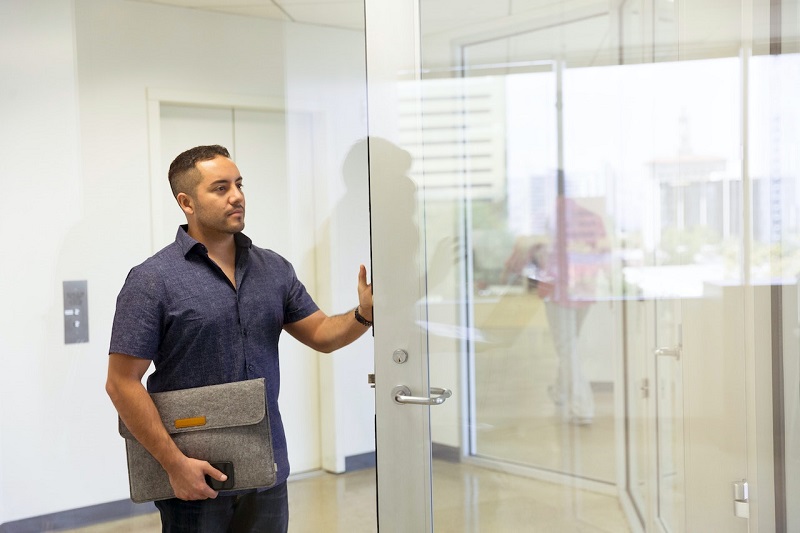Automatic doors have become a ubiquitous feature in modern buildings, offering convenience and accessibility to users. However, these doors serve a dual purpose beyond mere convenience. They are crucial components of a building’s security infrastructure, playing a pivotal role in controlling access and ensuring the safety of occupants. In this comprehensive article, we will delve into the intricate relationship between automatic doors and security, exploring how they balance access with safety.
The Evolution of Automatic Doors and Security
Automatic doors have come a long way since their inception in the mid-20th century. Originally designed for convenience, they have evolved to incorporate advanced security features. In today’s security-conscious world, automatic doors are expected to serve as both welcoming entry points and effective barriers against unauthorized access.
Access Control Systems and Automatic Doors
One of the primary ways automatic doors enhance security is through the integration of access control systems. These systems, often integrated with proximity card readers, keypads, or biometric scanners, allow organizations to manage and restrict access to their premises. When a user presents valid credentials, the automatic door system grants entry, providing a seamless and secure experience. So, always get the automatic door installation done by a professional.
Emergency Egress and Safety
Automatic doors must also facilitate quick and safe egress during emergencies. Building codes and regulations mandate that these doors allow occupants to exit easily without the need for specialized knowledge or tools. Panic bars and motion sensors are commonly used in automatic doors to ensure swift and safe evacuation in the event of a fire, power outage, or other emergency situations.
The Role of Sensors and Safety Features
The safety of automatic doors relies heavily on the sensors and safety features integrated into their design. These include:
- Presence Sensors: Infrared sensors detect the presence of a person approaching the door, ensuring it opens in a timely and safe manner.
- Obstacle Detection: Advanced systems use sensors to detect obstacles in the door’s path, preventing it from closing on someone or something.
- Safety Beams: Infrared safety beams create an invisible barrier, triggering the door to reopen if interrupted, preventing accidents and injuries.
- Low Energy Operation: Some automatic doors are designed to operate with low force, reducing the risk of injury upon contact.
- Battery Backup: In case of power failure, battery backup systems keep automatic doors operational, maintaining safety and egress capabilities.
Security Challenges and Solutions
While automatic doors enhance security, they also present certain challenges:
- Tailgating and Piggybacking: Unauthorized individuals may attempt to enter alongside authorized users. Solutions include access control and video surveillance to deter and detect such activities.
- Hacking and Cybersecurity: Smart automatic doors with network connectivity are susceptible to hacking. Robust cybersecurity measures are essential to prevent unauthorized access through these systems.
- Vandalism and Physical Threats: Automatic doors may be subject to vandalism or physical attacks. Reinforced glass and durable materials can mitigate such risks.
Compliance with Regulations
Automatic doors must comply with various safety and accessibility regulations, including those outlined by the Americans with Disabilities Act (ADA) and the National Fire Protection Association (NFPA). Failing to adhere to these regulations can result in legal repercussions and compromised safety.
Conclusion
Automatic doors are no longer just an architectural convenience; they are integral to the security and safety of modern buildings. By effectively balancing access control with safety features, these doors play a vital role in ensuring the well-being of occupants while offering a seamless and welcoming entrance experience. As technology continues to advance, the relationship between automatic doors and security will only become more intricate, demanding ongoing innovation and vigilance to maintain the delicate balance between access and safety in our built environments.




